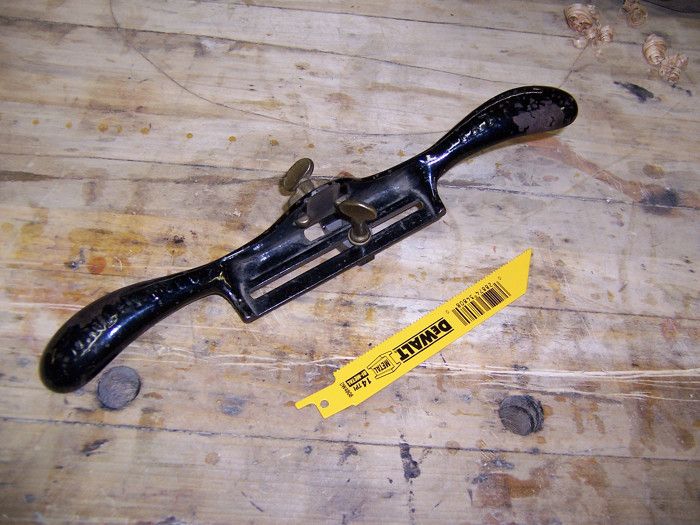
I’ll be the first to admit that I’m a cheap skate. Anytime I have the opportunity to save a little cash when buying old tools I’ll jump on it. Even if that means buying a tool incomplete so long as I know I can make it work with a little bit of effort. Plus being a hobbyist woodworker with nothing but time to spare, half of the fun is trying to make an old beaten up tool work.
A perfect example is the Stanley No 66 hand beader I bought of Ebay for $40.00. I was able to snag it fairly cheaply since it was auctioned off with no cutters. The tool collectors usually want the tool with a full set of cutters so they went on to happier hunting grounds. But for me, it was perfect. I knew that making replacement cutters would be a snap so I bid accordingly and luckily enough I won the auction.
Once I received the tool, I went to the local hardware store and picked up a reciprocating saw blade for a $1.00. Obviously you can use an old dull saw blade but unfortunately I didn’t have one lying around at the time. The blade I bought was the perfect thickness (about 1/16″ thick) but needed to be 5/8″ wide in order to fit into the channel of the beader. I cut the blade in half and scribed a line down the side. Then I used my grinder to grind the blade to the appropriate width. Next I shaped a profile on each side and used files to shape the metal. After that, I used 1000 and 4000 slip stones to dress the metal and remove any burrs. The end result was a cutter that worked perfectly with the tool and literally only took a few minutes to cut.
I have a few more profiles to cut before I have the entire set, but I’ll probably wait for my next big plumbing job in order to recycle some worn out reciprocating saw blades.

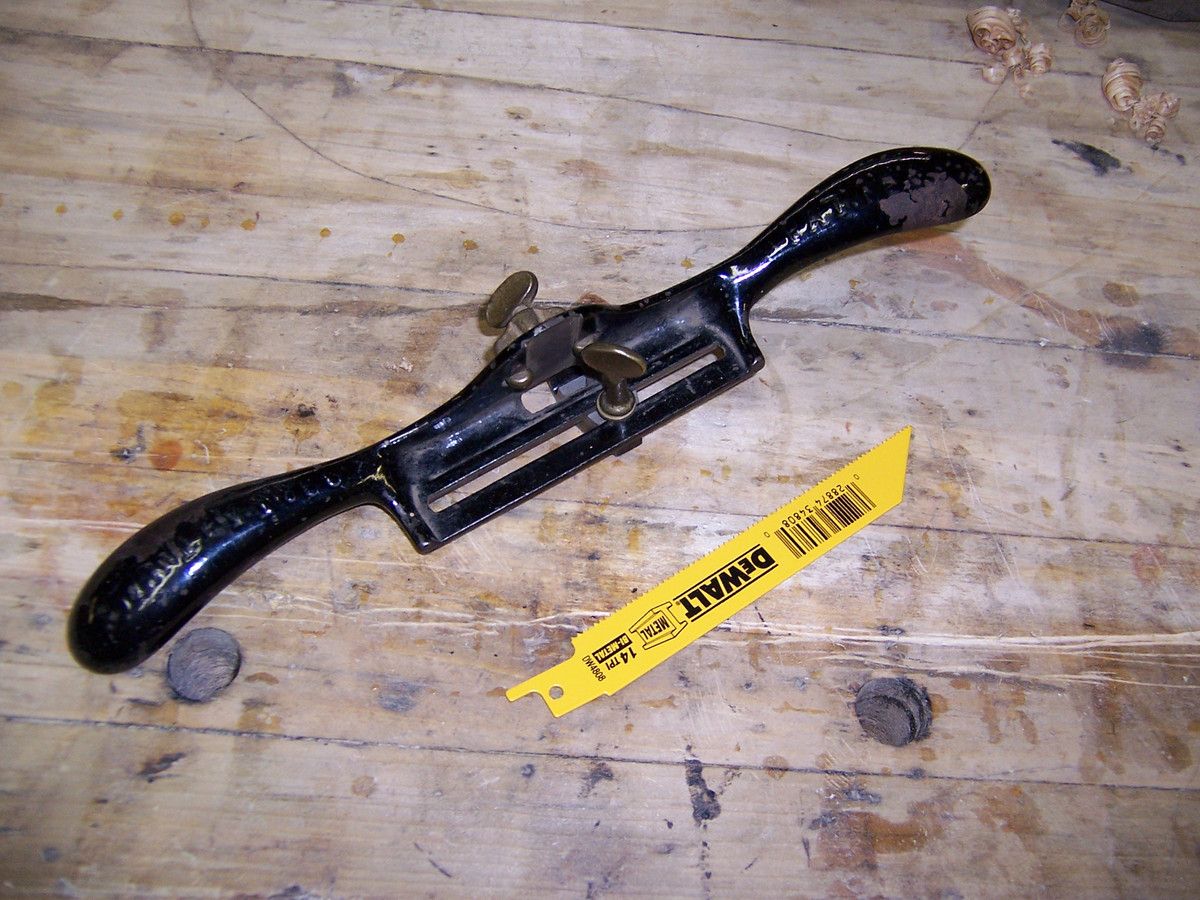
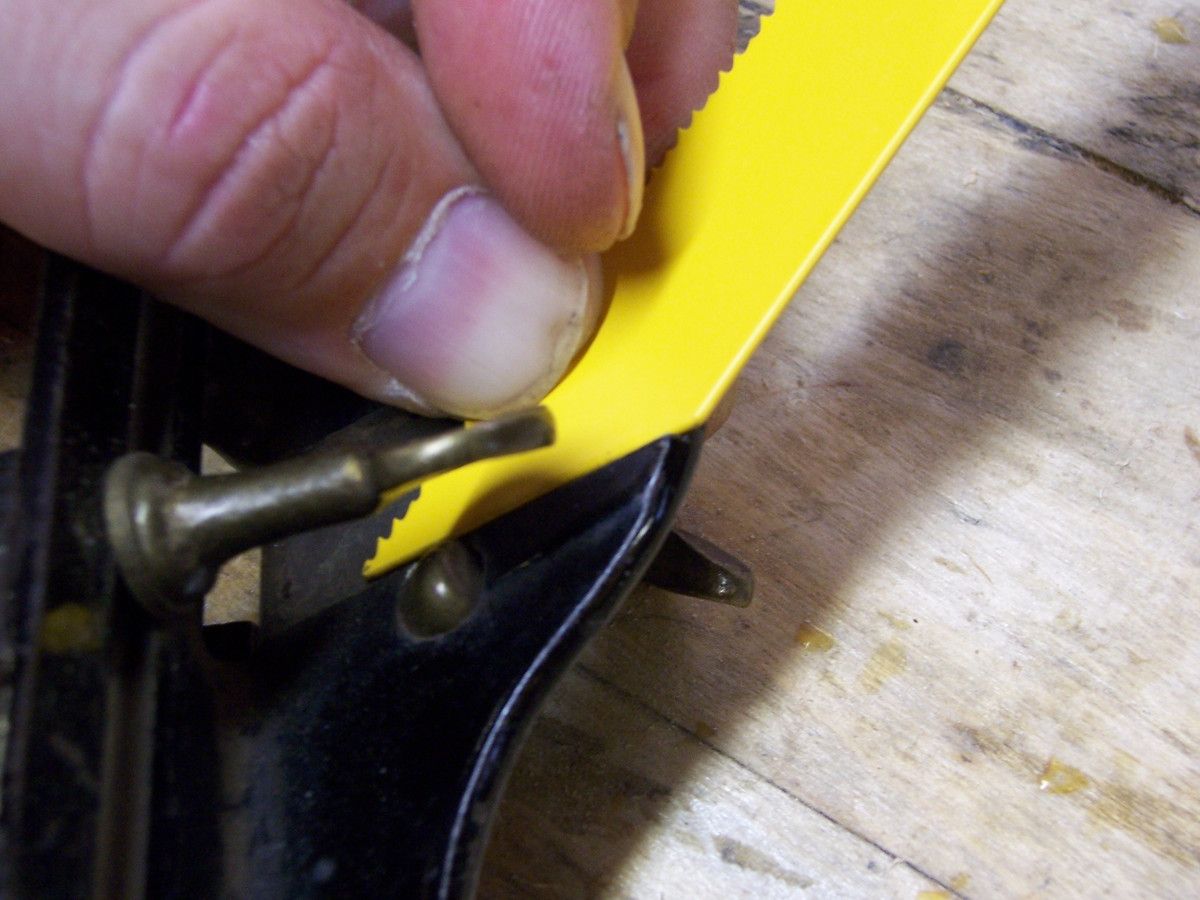
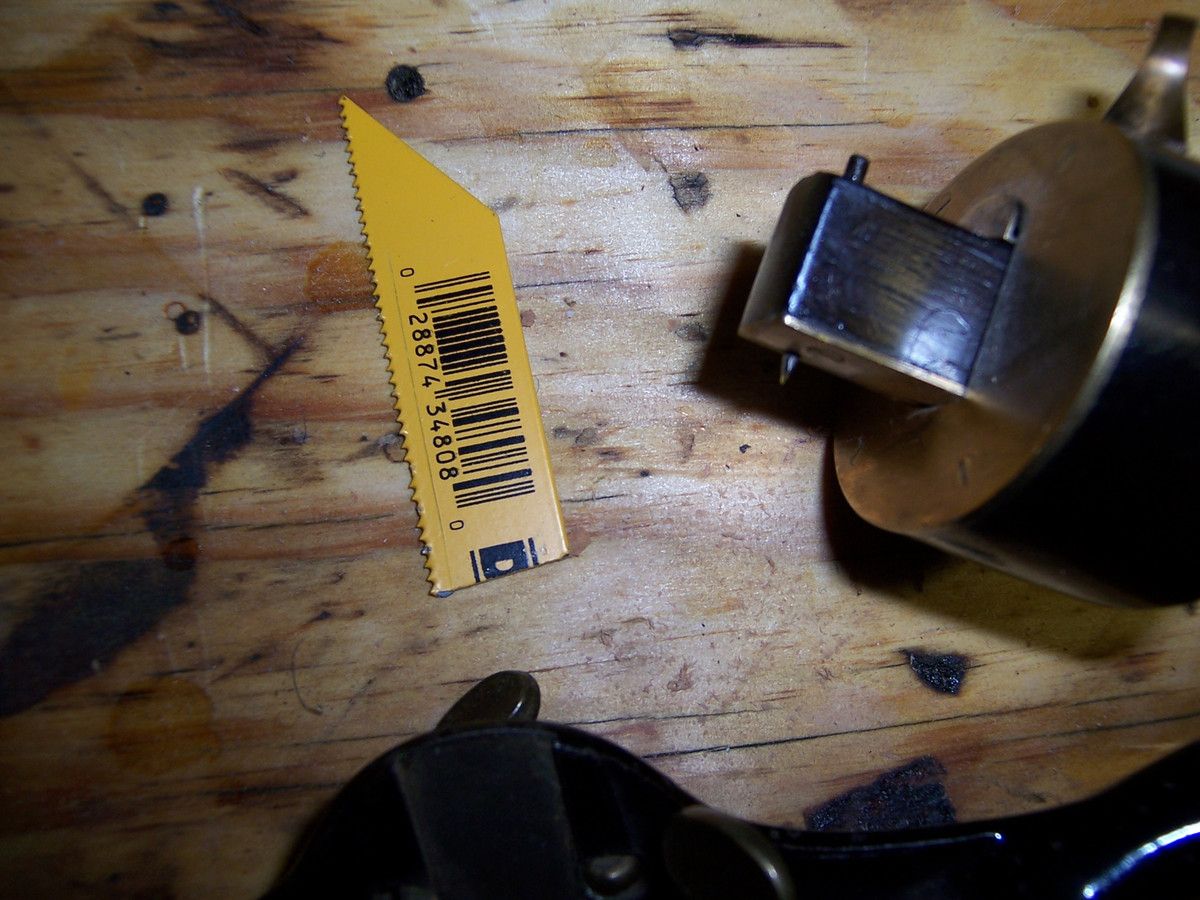
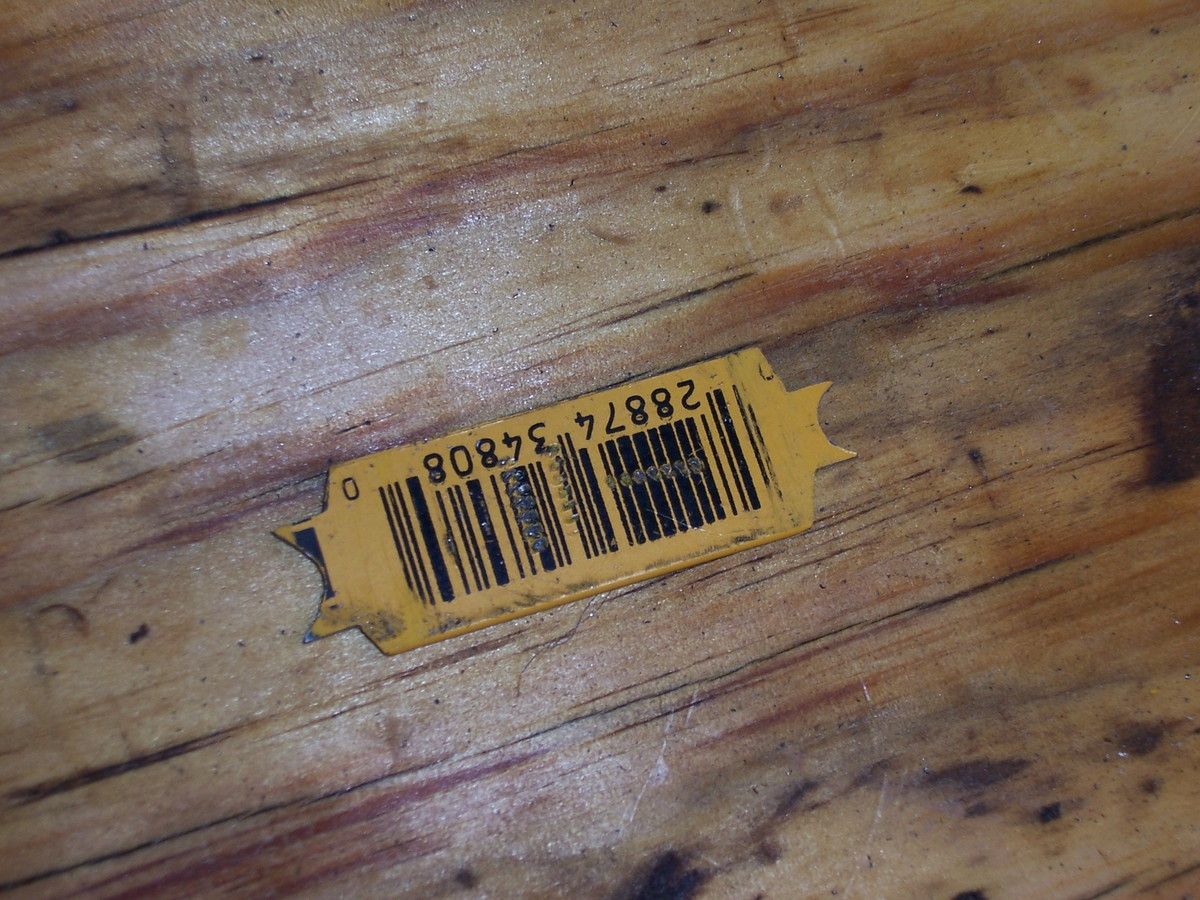





















Comments
Excellent Mike.
I took the expensive route. I bought an expensive set of cutters from an antique English tool shop. Got them in the mail couldn't wait to use them. Big disappointment they hadn't heat treated them, they are useless unless I can heat treat them. I may be able to heat treat them in my wife's enameling oven. I let you know.
dswcpa, So how did you make out?
So Mike, are ye knuckles draggin on the woodshop floor yet?
Hope all is well and you're having fun.
I haven't been shopping for a while now but tis the season with the cikd weather and all. Have never had the opportunity to try a #66. I wonder, besides the physical differences, how much different a #66 is to my #45 in terms of the function that they perform? Probably a dumb question.
Regards,
Bob
Hi Bob,
The 66 is really a different animal than the 45 and in my opinion, a lot easier to use. There's not much to learn when you scrape and piece a metal across some wood to create a profile. The major issue you will have using the Stanley 66 is keeping the tool against the wood as the cutter will have a tendency to follow the grain and scratch over ruining your profile. Just make sure you start by taking light passes so the cutter will follow the initial channel on the next pass. Also the 66 has a lot more versatility over the 45 since you can easily make any profile your heart contents so long as the cutter fits within the blade holder. Cutting a new profile blade on a Stanley 45 is a lot more challenging.
The Stanley 45 is a great plow plane and is a joy to use. However, using the profile blades of the Stanley 45 is where you start to see the planes limitations. Because the 45 doesn't have a sole but rather uses skates to glide over the wood, the wood fibers are not being pressed down prior to the blade contacting the wood. This ends up creating the tear out you so frequently hear from frustrated users of the plane. You can’t really get a nice clean profile using these blades unless the plane is set up perfectly, your blades are razor sharp and the grain is running in your favor. If you plane against the grain you’ll probably end up having massive tear out on your profile. I often end up using my set of hollows and rounds when I need to form curved profiles or I simply switch over to using a router.
So all and all, I believe the Stanley 45 is a nice plow plane but not a great anything else. It may be the reason why Veritas recently introduced a small plow plane without offering any profile blades along with it. They may have found about it’s limitations as well.
I keep a roll of a dull 3/4" bandsaw blade and cut off a piece as needed.
Regards from Perth
Derek
Hello!
I've read this article several times and have come to the point where I want to try to make my own blades. I have many recip blades. :)
What I don't know is what files or type of files to use? I want to duplicate a blade I have that creates a 3/8" bead on cabinet face frames.
Could you elaborate a bit more for a teaching herself newbie?
Thank you!
Log in or create an account to post a comment.
Sign up Log in